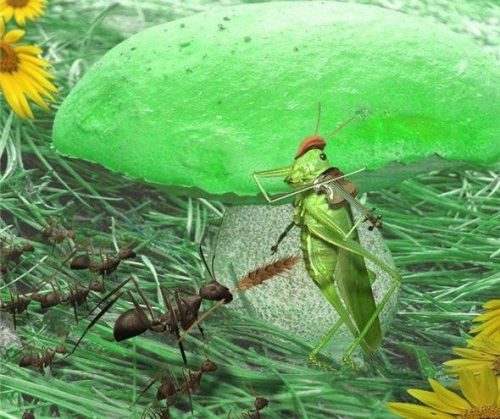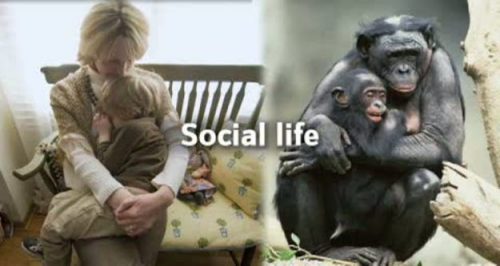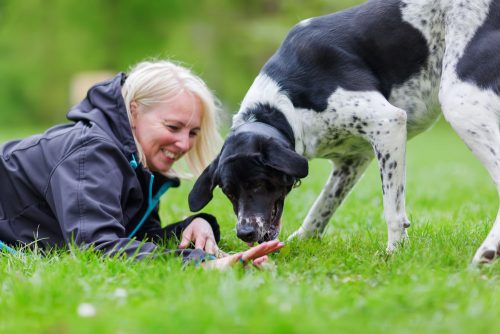
Remember Aesop’s fable about the ant and the grasshopper? I have heard this story over and over in my childhood, and you’ve probably heart it, too. It’s a story about the ants preparing for the winter, storing food and keeping them in their house, while the grasshopper just hopped around lazily. Winter comes, the grasshopper has no food for himself no matter where he looks while the ants are busy running around their nest distributing food to each member making sure everybody has enough food to eat.
That is how the ants and the other social animals behave for their survival.
Behavior is how we act, interact, and respond to a particular situation. The same definition is applicable when it comes to animal behavior. Its existence highly depends on how it behaves.
Cooperation in the Society
There are groups of animals of the same species who live closely together for their survival, like the crazy ants that we see running around our house carrying food crumbs bigger than them. Their group is called a society. Members of this social animal group work and live together for the welfare of everybody. Each one cooperates doing their respective part, and this manner of cooperation enables them to do many tasks that an individual animal cannot do.
Animal Signals
Cooperation is made possible through communication. How do they communicate?

Imagine yourself in the wild. There’s no noise except the sounds of the chirping birds, the call of the cuckoo, snarl of a cougar, and at night you’ll hear the frog’s croaking sounds and the distinctive way the owl hoots. They are not just simple noises – these animals are talking to each other.
Not only do animals communicate through the sounds they make, but they also have their unique way of expressing themselves through chemicals they release. The scent warns others that, “Hey, this is my territory” or “Bae, I like you, you’re mine.”
Some groups also use visual cues to warn on the presence of predators. This way of communication can be structural (badge) and behavioral (display) patterns. The deer can say to the other deer, “Hey, I’m in power here” through their antlers (that is their badge). The bigger the size of the antlers, the more powerful that deer is. Then, you will see the deer flicking its tail (display) which serves as a warning for other deer that there’s a possible danger ahead. They also attract mates through badge and display.
Social Learning – Communicating with Other Animals
From the wild to the zoo, and sometimes in our own homes, humans train and tame animals, from cute puppies, kitties, and even wild cubs. These animals adapt and learn using their social learning skills.
Christian the Lion (embed YouTube link here) was raised by two guys who treated and loved him. Christian learned how to behave while living with them. But when he’s back to the wild, after some years, he adapted to the new environment and lived his life like how a wild lion should.

Social animals’ learning abilities play a significant role in how they should behave as a society and adapt to their environment. They practice the system of cooperation through their unique ways of communication. Each one is aware that they are accountable for the survival of the society by caring and looking after the welfare of other members. They can even communicate and interact with other species and know how to protect themselves when there’s a threat of danger.
It seems that like in Aesop fables, there are many things we, humans, can learn from how social animals behave in their environment, either with the same species or with others from the different group. Watching them, we can learn how we should and shouldn’t behave, how we should love, care, and protect our territory so our society can survive.
